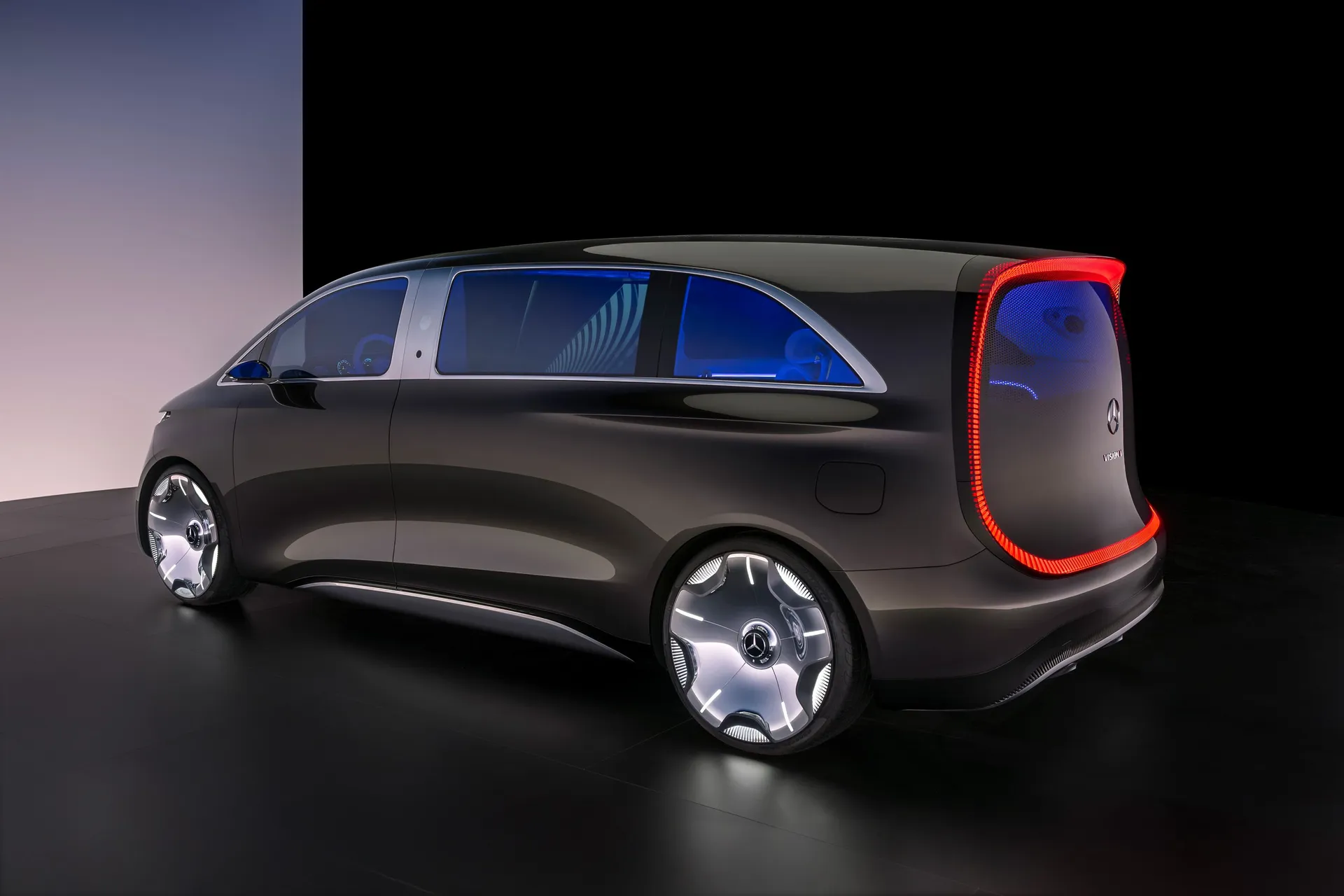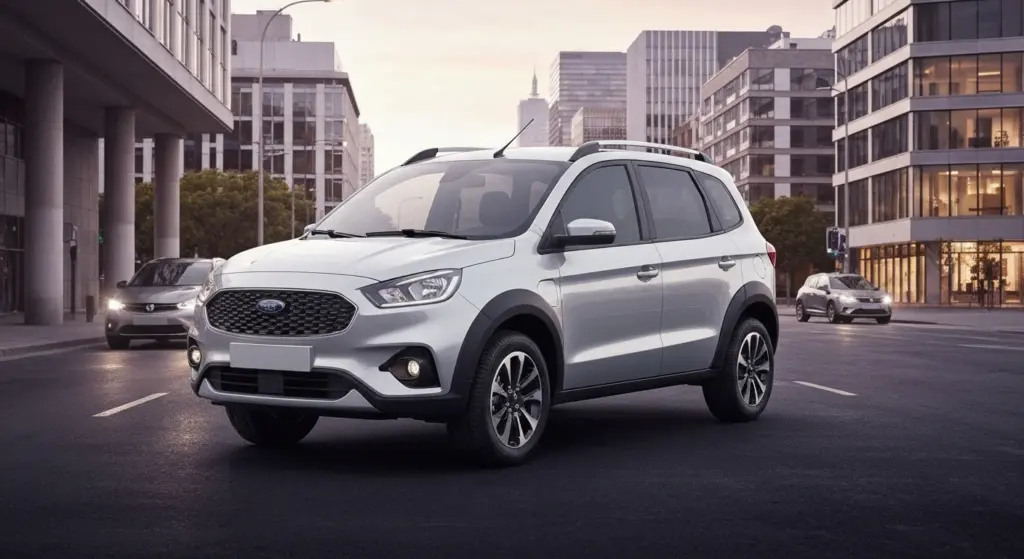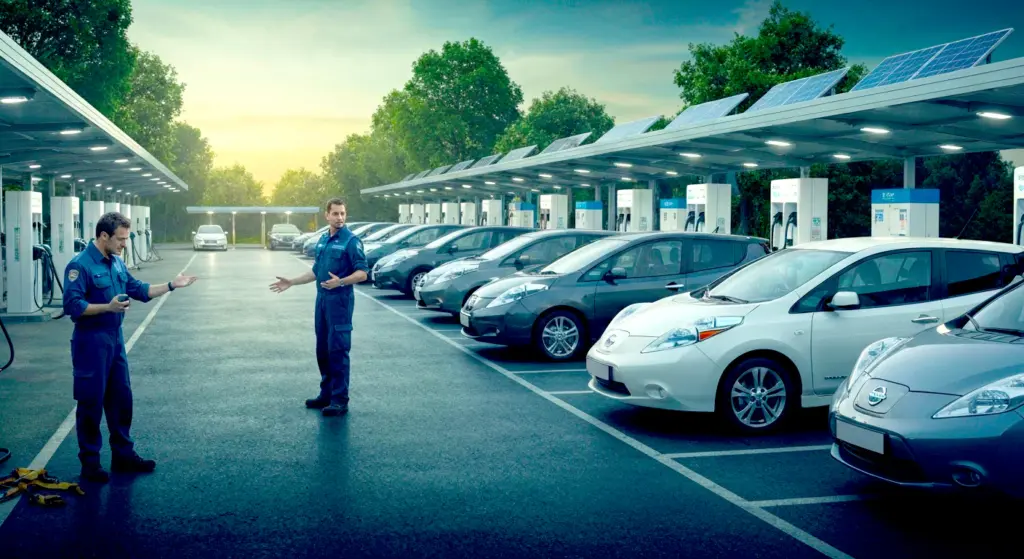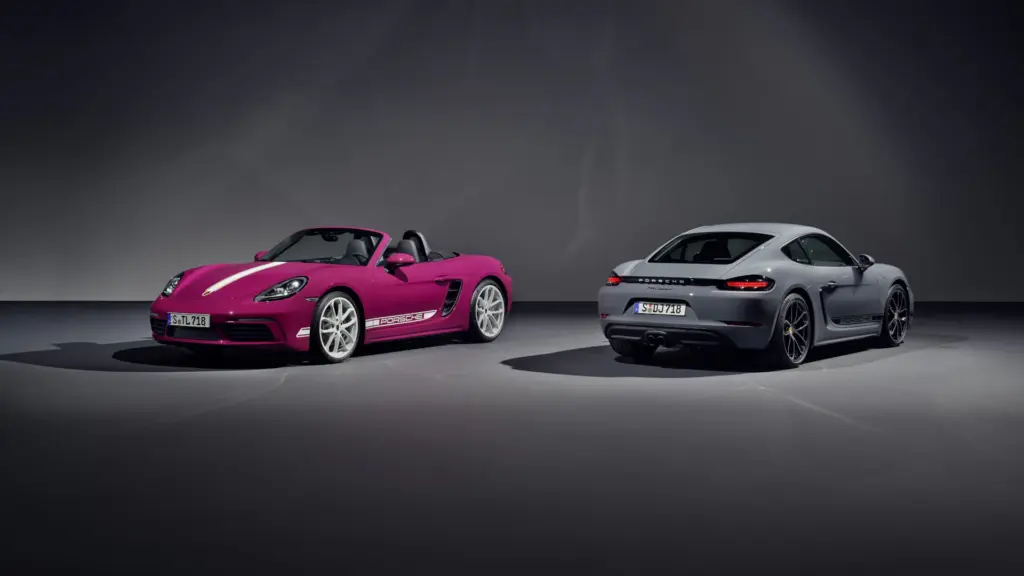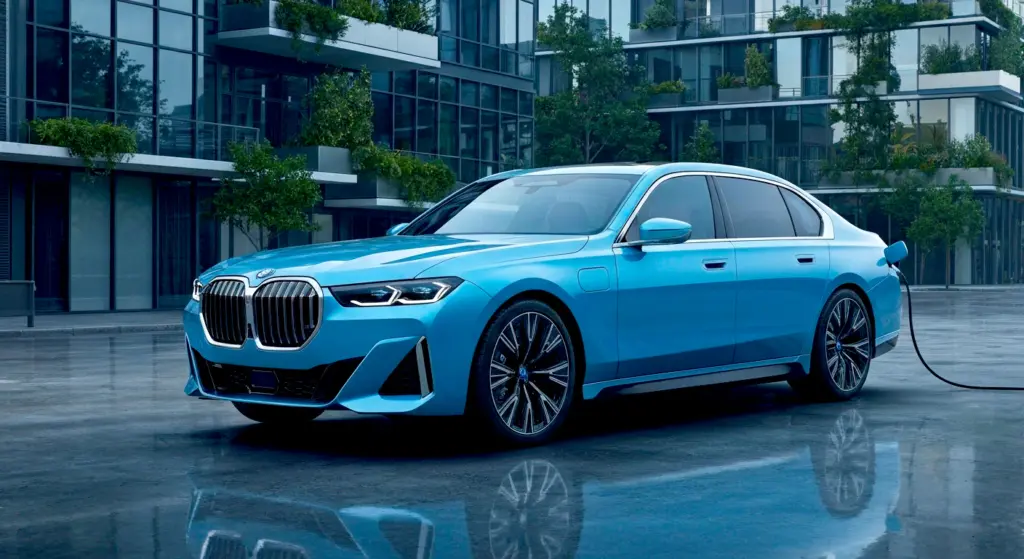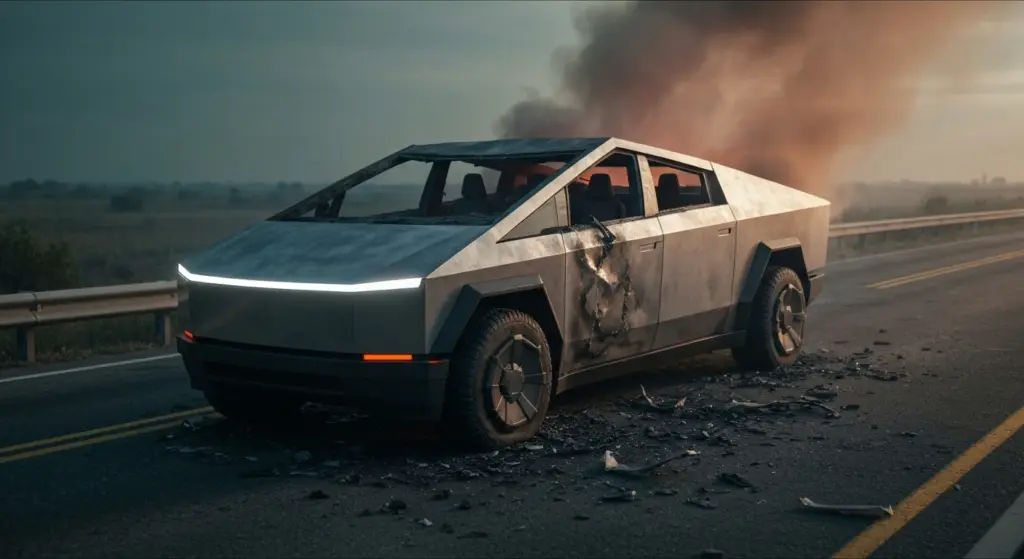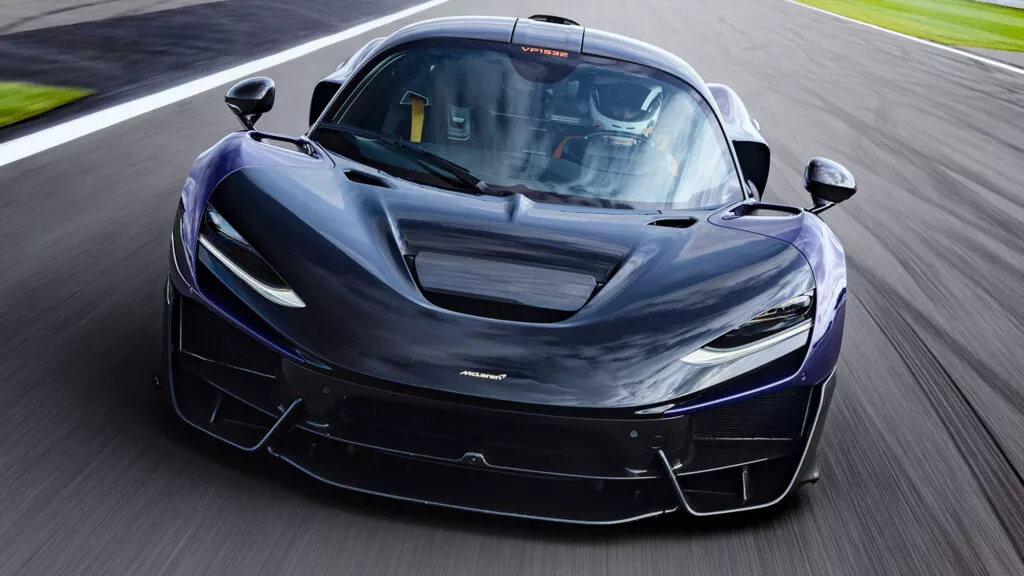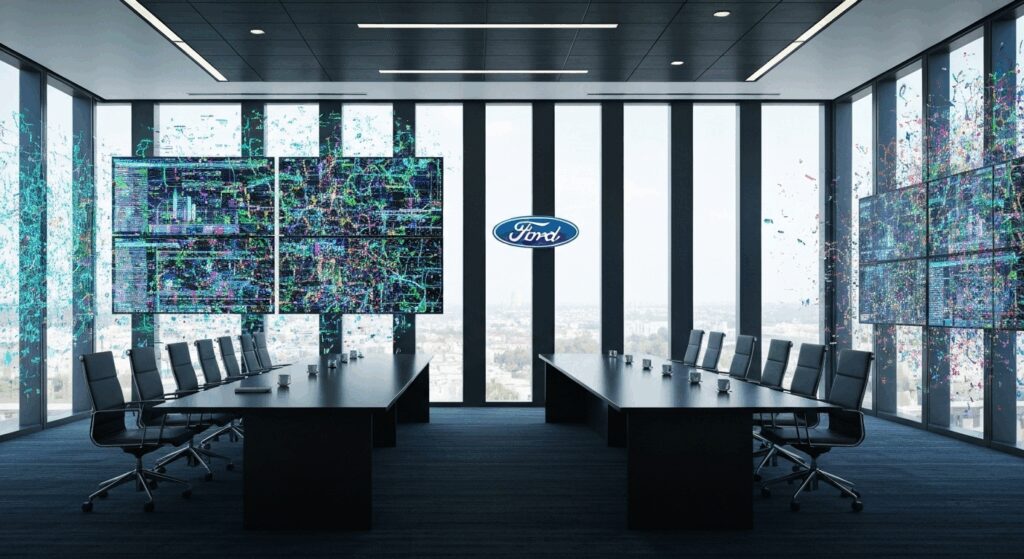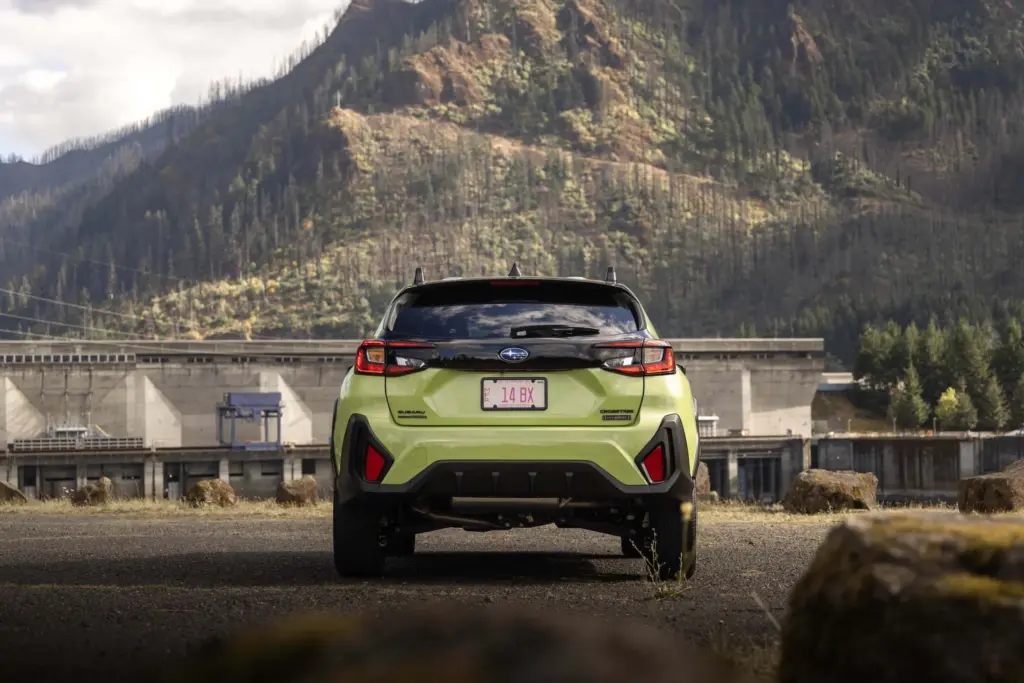Hello, car enthusiasts! Mercedes-Benz is once again shaking up the automotive world, this time with promises that seem straight out of a science fiction movie. They are researching a “solar paint” that could theoretically add thousands of miles to the annual range of their electric vehicles (EVs). But is this the ultimate solution to range anxiety or just a brilliant marketing ploy?
Mercedes’ Solar Paint: Reality or Science Fiction?
The idea is fascinating: imagine your electric car recharging simply by being parked in the sun. Mercedes calls this “solar paintwork” and is researching ultra-thin solar modules that could be directly applied to the vehicle’s body. The goal is ambitious: to create an almost imperceptible layer capable of generating energy.
The numbers released are impressive at first glance: over 8,699 miles (14,000 km) of extra range per year. However, Mercedes itself admits that this would be “under ideal conditions” in Beijing— a crucial detail. Converting that to everyday use, we’re talking about less than 24 miles (39 km) per day, which, let’s face it, hardly replaces the need for traditional recharging. The question of durability and reliability of these systems also looms, an important point when considering whether electric cars break down less or more than combustion models.
The efficiency target for these active photovoltaic cells is 20%, a respectable figure, but still dependent on solar intensity, angle, and surface cleanliness. According to Energy.gov, the efficiency of commercial solar panels varies significantly, so achieving 20% in an automotive application would be a remarkable feat. Several other companies are also exploring vehicle solar energy, showing that the idea has potential, although practical large-scale implementation remains a challenge.
Beyond the Paint: Mercedes Innovations for Future EVs
But Mercedes is not pinning all its hopes solely on solar paint. The German brand is working on a range of technologies to make its future EVs quieter, safer, and more efficient. It’s a collective effort to shape the next generation of electric mobility.
One of the most interesting fronts is a programmable micro-converter at the battery cell level. This would allow for individual regulation of each cell, optimizing the flow of energy. Mercedes claims that current research indicates the possibility of maintaining a constant output of 800 volts (high voltage), regardless of the state of charge or health of the cells. This could mean greater range, optimization for bidirectional charging (the car powering the home, for example), and increased flexibility in the modular design of the batteries, something we see other brands like XPeng exploring with their ultra-fast charging.
Even the brakes are being reinvented. Mercedes is researching an “innovative and more sustainable” system integrated with the motor-transmission unit, rather than being in the wheels. They promise almost zero wear, practically maintenance-free, rust-free, no particle emissions, and no loss of efficiency under heavy loads (fading). Additionally, it would be quieter and contribute to the vehicle’s overall range and efficiency.
To complete the technological package, Mercedes is collaborating with the University of Waterloo in Canada on neuromorphic computing. This approach, which mimics human thinking, could make Artificial Intelligence (AI) calculations much faster and more energy-efficient (up to ten times more efficient, according to them). The direct application would be in safety systems, allowing for faster and more accurate recognition of signs, lanes, and other road users, even in low visibility conditions. It’s a vision that reminds us somewhat of the advanced technology focus we see in concepts like the BMW Vision for a future electric M3.
Advantages and Disadvantages of Solar Paint (List)
- Advantage: Convenience (charges while parked in the sun)
- Advantage: Reduction in dependence on the power grid
- Advantage: Potential for “free” extra range
- Advantage: Aesthetic integration (if thin like paint)
- Disadvantage: Dependence on ideal conditions (strong sun)
- Disadvantage: Limited daily range gain
- Disadvantage: Likely high initial production cost
- Disadvantage: Durability and repair costs?
Quick Comparison: Mercedes vs. Other Approaches (Table)
Solar Technologies in EVs
| Technology | Example Brand | Focus | Status |
|---|---|---|---|
| Solar Paint | Mercedes-Benz | Bodywork | Research |
| Solar Roof | Hyundai/Toyota | Roof | Production (limited) |
| Integral Solar Body | Lightyear | Bodywork | Production (challenges – See Lightyear 2) |
| Advanced Batteries | Various | Battery | Production/Research |
Is the Future Bright (and Solar?) for Mercedes?
Mercedes is clearly heavily investing in the electric future, exploring everything from onboard power generation to optimizing essential components such as batteries and brakes. Solar paint is undoubtedly the most eye-catching idea, but it is important to see it as part of a larger ecosystem of innovations. The brand’s vision seems to go beyond just an electric car, as suggested by concepts like the Mercedes-Benz Vision V, which explores new forms of commercial vehicles.
Let’s be honest: solar paint alone is unlikely to revolutionize EV range in the short term. The practical limitations and dependence on “ideal conditions” are significant. However, as a complementary technology integrated with other efficiency and battery improvements, it can indeed add value and convenience. While we wait for these futuristic technologies, Mercedes continues to launch models like the upcoming electric CLA, which will bring more immediate advancements to the market.
Frequently Asked Questions (FAQ)
- Will solar paint eliminate traditional charging?
Very likely not. Based on current figures, it would serve as a supplement, reducing the frequency of charges but not eliminating them, especially for those who drive a lot. - When will this solar paint technology be available?
Mercedes is still in the research and development phase. There is no set date for this technology to reach production cars. It could take several years. - What efficiency is expected for Mercedes’ solar paint?
The company is aiming for an efficiency of around 20% in converting solar energy into electricity for its active photovoltaic cells. - Are other car manufacturers working on similar solar technology?
Yes, several other manufacturers, including Hyundai, Toyota, and startups like Lightyear and Sono Motors (though with challenges), have explored or implemented solar panels on roofs or bodywork of electric and hybrid vehicles. Mercedes’ approach of integrated “paint” is a differentiator. To learn more about neuromorphic computing, check out this article from Intel.
Mercedes’ push into technologies like solar paint, micro-converters, and advanced regenerative brakes clearly shows an ambition to lead the next wave of innovation in EVs. While solar paint may have a touch of exaggerated marketing in the current figures, the overall research points to a future where electric cars will be even more efficient and convenient. It remains to be seen how quickly and at what cost these technologies will reach us, the consumers.
What do you think? Is solar paint the future, or just a brilliant idea on paper? Leave your comments below!
Author: Fabio Isidoro
Founder and editor-in-chief of Canal Carro, he dedicates himself to exploring the automotive universe with depth and passion. A car and technology enthusiast, he produces technical content and in-depth analyses of national and international vehicles, combining quality information with a critical eye for the public.

